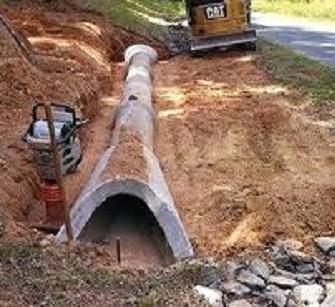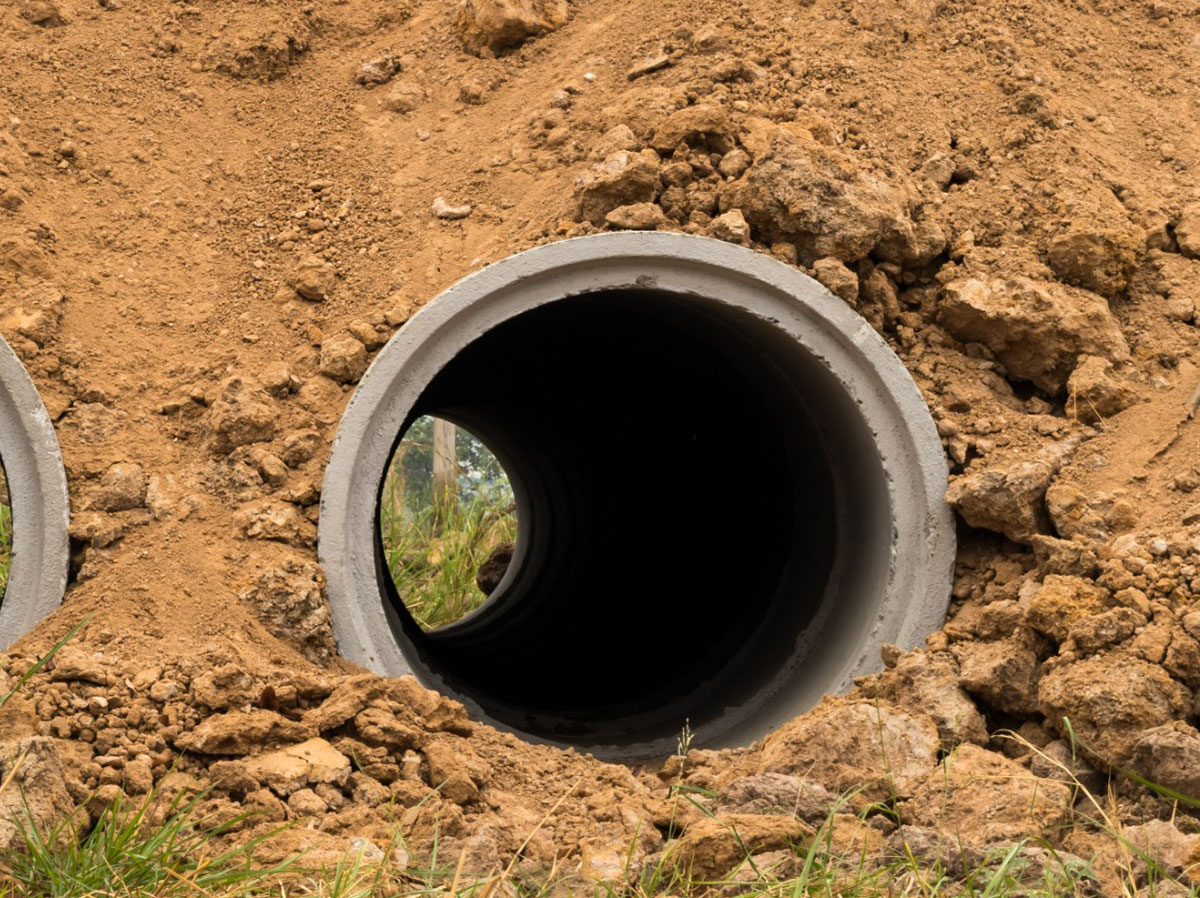Culvert Setup Facilitated: Step-by-Step Guide for Success
Setting up culverts might look like an uncomplicated job, but guaranteeing an effective end result needs mindful preparation and implementation. From selecting the suitable culvert dimension to incorporating proper drainage steps, each action in the setup procedure plays a crucial role in the functionality and durability of the culvert system. By complying with a systematic technique and focusing on key information, the setup can proceed smoothly, minimizing potential issues down the line. Stay tuned to uncover the vital actions and factors to consider that can make culvert installment a smooth and successful endeavor.
Picking the Right Culvert Size
Choosing the ideal culvert size is crucial for ensuring efficient water circulation and architectural stability in culvert setup tasks - Pad Construction. The size of the culvert straight affects the circulation capacity of water with the structure. A culvert that is also tiny can result in flooding and overflow, while one that is as well big might cause reduced water velocity, potentially triggering sediment accumulation and blockages
To determine the best culvert size, variables such as the watershed area, optimal flow rates, and hydraulic efficiency demand to be very carefully considered. Computations based upon these parameters aid in selecting a dimension that can appropriately deal with the anticipated water quantity while minimizing the danger of clogs and structural failure.
It is vital to speak with design standards and criteria to make certain that the picked culvert dimension meets the job demands and neighborhood laws (Pad Construction). By choosing the appropriate culvert size, project supervisors can optimize water circulation, avoid prospective problems, and boost the general effectiveness and durability of the culvert setup
Preparing the Setup Website
Efficient culvert installment demands meticulous preparation of the installation site to guarantee optimum architectural assistance and capability. Prior to beginning the installation procedure, it is crucial to clear the site of any kind of particles, vegetation, or obstructions that can impede the culvert's positioning. Making sure a degree foundation is vital for the appropriate positioning and security of the culvert. This might include grading the site to develop a smooth, also surface that can sufficiently support the weight of the culvert and any type of expected lots. In addition, appropriate compaction of the soil under the culvert is necessary to stop resolving or shifting over time.
In addition, it is very important to take into consideration factors such as dirt composition, groundwater levels, and environmental impacts when preparing the setup website. Performing a comprehensive website analysis can assist recognize any kind of potential challenges or risks that might impact the culvert's performance. By putting in the time to prepare the installment website properly, you can help guarantee a successful culvert setup that satisfies architectural requirements and ensures long-term functionality.
Placing the Culvert Correctly

The grade at which the culvert is put is crucial for maintaining a correct incline for water flow. Furthermore, the culvert ought to be oriented appropriately to make sure that the inlet and outlet are in the proper locations. Pad Construction.
Backfilling and Condensing the Soil
Correct backfilling and compaction of the soil around the culvert is essential to ensure stability and protect against prospective concerns in the future. When the culvert is appropriately placed, the next vital step is to backfill the area around it with ideal material.
After positioning the backfill material, it is essential to compact it in layers of uniform density. Using a compactor or a mechanical tamper, portable the soil gently to prevent harming the culvert. Compaction helps in lowering the chances of settlement and guarantees uniform support around the culvert. It is essential to compact the soil uniformly on all sides of the culvert to keep its architectural honesty.
Proper backfilling and compaction not only offer security to the culvert yet additionally help in preventing soil erosion and maintaining the durability of the culvert system.
Making Sure Appropriate Water Drainage Combination
Incorporating efficient drain remedies why not try these out plays an essential function in the general functionality and longevity of culvert installations. Proper drainage integration is essential for handling water circulation, protecting against disintegration, and making sure the architectural stability of the culvert system. To achieve this, it is essential to make a thorough drain plan that considers factors such as the quantity of water expected, the topography of the location, and the kind of soil existing.

In addition, including features like disintegration control procedures, such as riprap or plant life, can further our website enhance the efficiency of the drain system. By very carefully intending and carrying out these water drainage remedies, culvert installments can operate efficiently and withstand the test of time.
Verdict
To conclude, appropriate culvert setup is important for preserving effective drain systems. By selecting the right culvert size, preparing the setup site, placing the culvert correctly, backfilling and condensing the dirt, and guaranteeing correct water drainage combination, success can be accomplished. Following these steps will certainly assist ensure the durability and efficiency of the culvert, ultimately adding to the total success of the drain system.